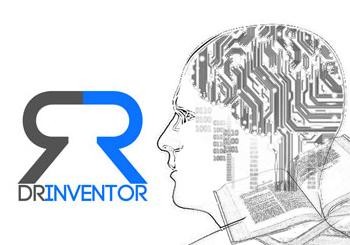
In Jan. 2015, at EU Dr Inventor (Promoting Scientific Creativity by Utilising Web-based Research Objects: FP7-ICT-2013.8.1) project meeting that was held in Maynooth University, Ireland, CARRE work on data mining was presented as related project. CARRE and Dr Inventor share some of the key technologies in its tasks, such as Data mining, semantically representing mined information, and visual analytics. The research and development advances gained from the two projects complement each other and can potentially benefit both projects.
Dr Inventor attempts to understand the potential of technology in the scientific creative process within current technology limitations. It represents a sound balance between scientific insight into individual scientific creative processes and technical implementation using innovative technologies in information extraction, document summarization, semantics and visual analytics. The outcomes will be integrated into a web-based system that will allow evaluation in a research area, such as computer graphic under real-world settings with carefully designed metrics, benchmarks and baseline for creative performance, leading to tangible measurements on the performance of the technologies in enhancing human creativity and a blueprint for future technologies in computational creativity.
Two tasks in CARRE strongly related to Dr Inventor.
In CARRE, medical evidence data aggregators aim to: 1) harvest data from medical state-of-the-art scientific literature databases for additional evidence on risk associations of cardiorenal disease and its comorbidity. The outcomes enrich the evidence of the existing risk descriptions. 2) find new risk associations from latest publications of clinical trial results published in medical literature during and beyond the project’s lifetime.
In CARRE, the aim of the educational resource aggregator is to harvest metadata of educational resources from 3rd party repositories, present these to the medical expert for annotation and rating. These metadata are further enriched by semantic interlinking using controlled vocabularies available in Bioportal as well as semantic tags provided by DBpedia. The output of the annotation (together with resource metadata) will be stored in the CARRE public RDF repository which can be used openly by public.






